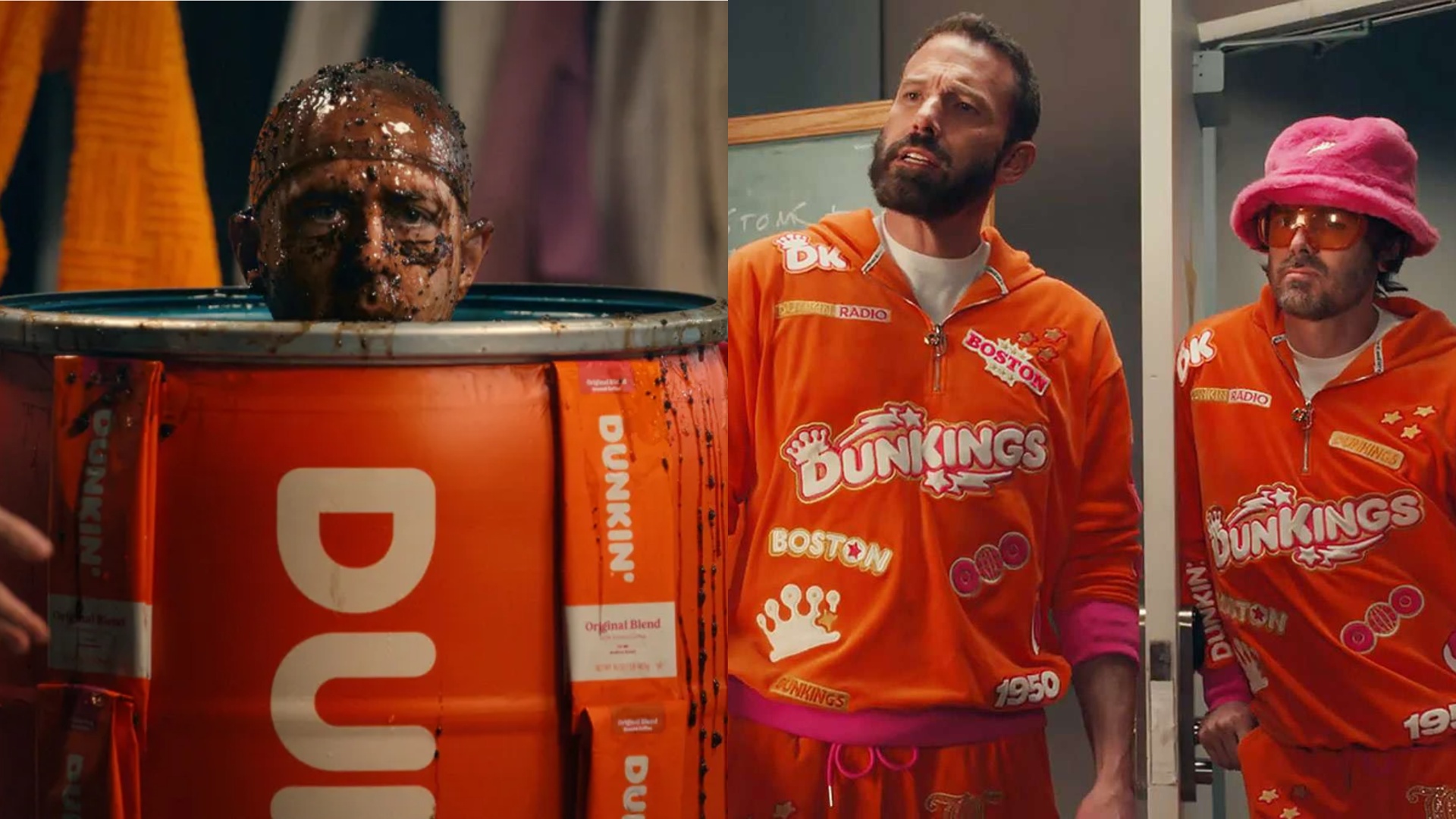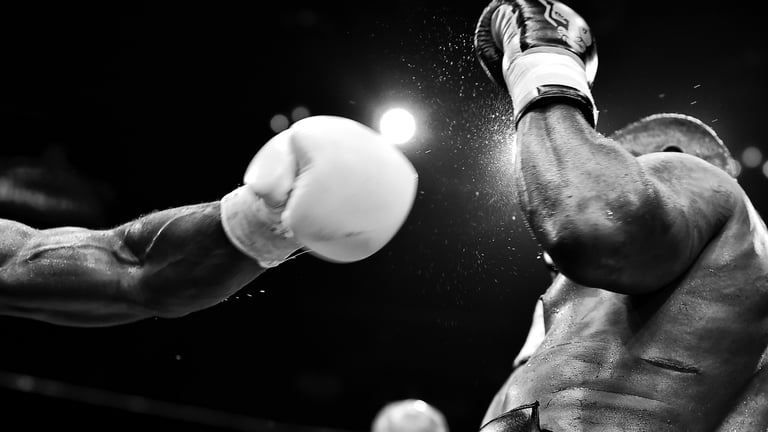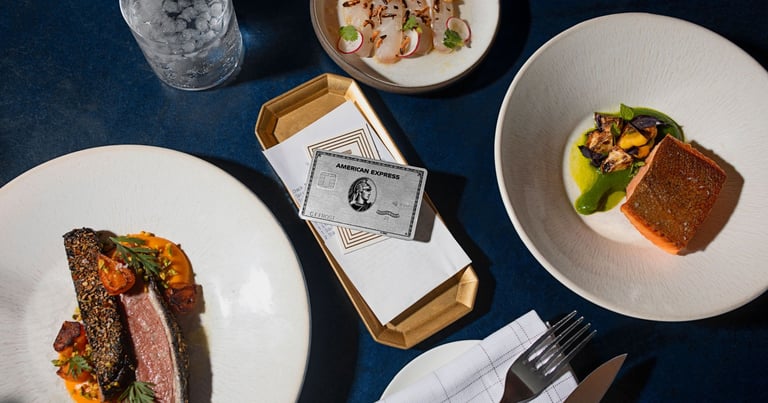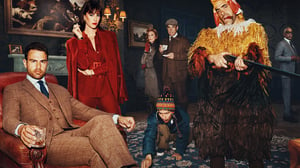According to CBS, brands paid approximately US$8 million (AU$12.8 million) for their 30-second ads to air during Super Bowl LIX — quite a significant hike compared to the US$7 million ($11.2 million) it cost last year, and even more so compared to the US$42,000 (AU$67,500) they would’ve shelled out for the inaugural Super Bowl in 1967. Even adjusted for inflation.
Granted, 2025 marks a hotly-anticipated rematch at the Big Dance between two-time defending champions, Patrick Mahomes’ Kansas City Chiefs, and the Jalen Hurts-led Philadelphia Eagles; with monster viewership anticipated. Especially considering that victory lap of a Half-Time Show, featuring Kendrick Lamar in the wake of “winning” the Drake beef (five Grammy Awards and all).
But the real question is: have these brands made the most out of their time? Check out the highs and lows of this year’s Super Bowl ads below.
Super Bowl LVIII Ads (2025)
The Best…
Uber Eats
The premise behind this star-studded ad spot revolves around Matthew McConaughey as an NFL exec who’s convinced football is nothing more than a “conspiracy to make us hungry”; before outlining the various famous people who made it possible (also portrayed by McConaughey).
Notable cameos range from Kevin Bacon and Martha Stewart to Sean Evans of Hot Ones fame.
Dunkin’ Donuts
Piggybacking off the past two years’ tongue-in-cheek efforts featuring everyone from Jennifer Lopez, Ben Affleck, and Matt Damon; to rapper Jack Harlow and retired GOAT quarterback Tom Brady, Dunkin’ Donuts returns with their longtime ambassador in Mr Affleck and his Academy Award-winning brother Casey in tow, who confronts the serially method Succession star Jeremy Strong.
Kudos to Google for humanising the otherwise cold spectre of innovation that is artificial intelligence. Very John Lewis-esque. Unlike Microsoft’s anaemic attempt from last year.
Doritos
This one’s cool for reasons beyond what we saw on our screens alone. For context, Doritos publicly issued the challenge for creators to make a Super Bowl ad better than its own marketing team. This commercial, titled Abduction, was the winner.
For their efforts, indie director Dylan Bradshaw and content creator Nate Norvell won US$1 million, a trip to New Orleans to watch the Big Dance in person, as well as an enviable audience of multi-multi-millions.
Stella Artois
Gotta hand it to Matt Damon and David Beckham for consistently being able to have a laugh at themselves.
… And The Worst
Meta
A whatever, expensive recycling of a tired and derivative meme. To quote one of several commenters on YouTube: “Just wanted to verify that this ad is trash… I was not let down.”
HexClad
Drawn-out, needless, and more gimmick than sell. Dunno about you, but we’re also sick of seeing Pete Davidson everywhere.
Mountain Dew
Much like the drink itself, this is an in-your-face assault on the senses. Seal’s head on a CGI seal is my new sleep paralysis demon.
Little Caesars
This one feels quite early 2000s. Not in a fun way.
Hellmann’s
Lazy nostalgia-baiting sundae with a trendy cherry on top.
How many commercials are there during the Super Bowl?
There are typically between 80 and 100 commercials during the Super Bowl, some of which are released (or even leaked) in advance of the game.
According to Statista, that comes to approximately 50 minutes of commercials in total. As you can imagine, it’s an incredibly lucrative venture for networks.
How much does a Super Bowl ad cost?
Here’s how Super Bowl ads have been priced over the years as per SuperBowl-ads.com (Source: Nielsen Media Research).
| Year | Price For 30-second Super Bowl Commercial (USD) |
|---|---|
| 1967 | $37,500 (NBC) | $42,500 (CBS) |
| 1968 | $54,500 |
| 1969 | $55,000 |
| 1970 | $78,200 |
| 1971 | $72,500 |
| 1972 | $86,100 |
| 1973 | $88,100 |
| 1974 | $103,500 |
| 1975 | $107,000 |
| 1976 | $110,000 |
| 1977 | $125,000 |
| 1978 | $162,300 |
| 1979 | $185,000 |
| 1980 | $222,000 |
| 1981 | $275,000 |
| 1982 | $324,300 |
| 1983 | $400,000 |
| 1984 | $368,200 |
| 1985 | $525,000 |
| 1986 | $550,000 |
| 1987 | $600,000 |
| 1988 | $645,500 |
| 1989 | $675,500 |
| 1990 | $700,400 |
| 1991 | $800,000 |
| 1992 | $850,000 |
| 1993 | $850,000 |
| 1994 | $900,000 |
| 1995 | $1,150,000 |
| 1996 | $1,085,000 |
| 1997 | $1,200,000 |
| 1998 | $1,291,100 |
| 1999 | $1,600,000 |
| 2000 | $2,100,000 |
| 2001 | $2,200,000 |
| 2002 | $2,200,000 |
| 2003 | $2,200,000 |
| 2004 | $2,302,200 |
| 2005 | $2,400,000 |
| 2006 | $2,500,000 |
| 2007 | $2,385,365 |
| 2008 | $2,699,963 |
| 2009 | $2,999,960 |
| 2010 | $2,954,010 |
| 2011 | $3,100,000 |
| 2012 | $3,500,000 |
| 2013 | $3,800,000 |
| 2014 | $4,000,000 |
| 2015 | $4,250,000 |
| 2016 | $4,500,000 |
| 2017 | $5,000,000 |
| 2018 | $5,200,000 |
| 2019 | $5,300,000 |
| 2020 | $5,600,000 |
| 2021 | $5,500,000 |
| 2022 | $6,500,000 |
| 2023 | $7,000,000 |
| 2024 | $7,000,000 |
Why are Super Bowl ads so expensive?
Simply put: viewers. And lots of ’em. Meaning one of the biggest marketing opportunities in history, which is why you’ll see countless big-name brands like McDonald’s and Doritos just throw money at the sports event unhesitatingly.
The Super Bowl is broadcast across 225 stations in more than 180 countries. The event is also streamed live on around 450 radio stations, so a brand is pretty much guaranteed the largest captive audience they can possibly ask for.
In the past, brands like Wendy’s, Budweiser, and GoDaddy have benefited greatly from advertising at the Super Bowl, so it’s perfectly reasonable that big business would want to leverage the big dance to make big announcements, refresh their messaging, introduce new products, or even just remind people they have the financial juice to court celebrity appearances.
The most-watched Super Bowl of all time was Super Bowl LVIII in 2024 when the Kansa City Chiefs faced off against Brock Purdy’s San Francisco 49ers to 123.7 million viewers in the US alone (buoyed by the Travis Kelce x Taylor Swift hype). Serious numbers by any measure.
















